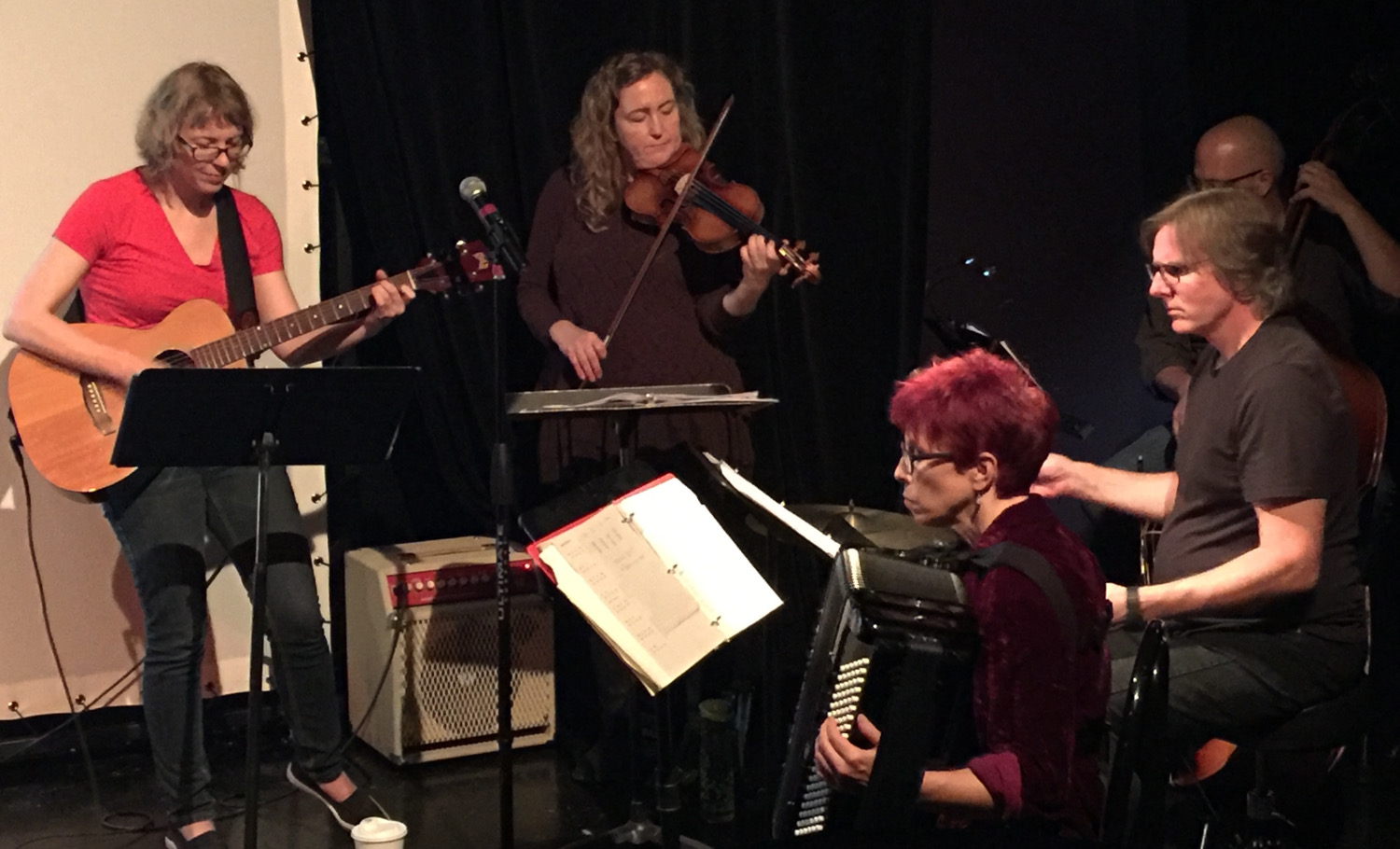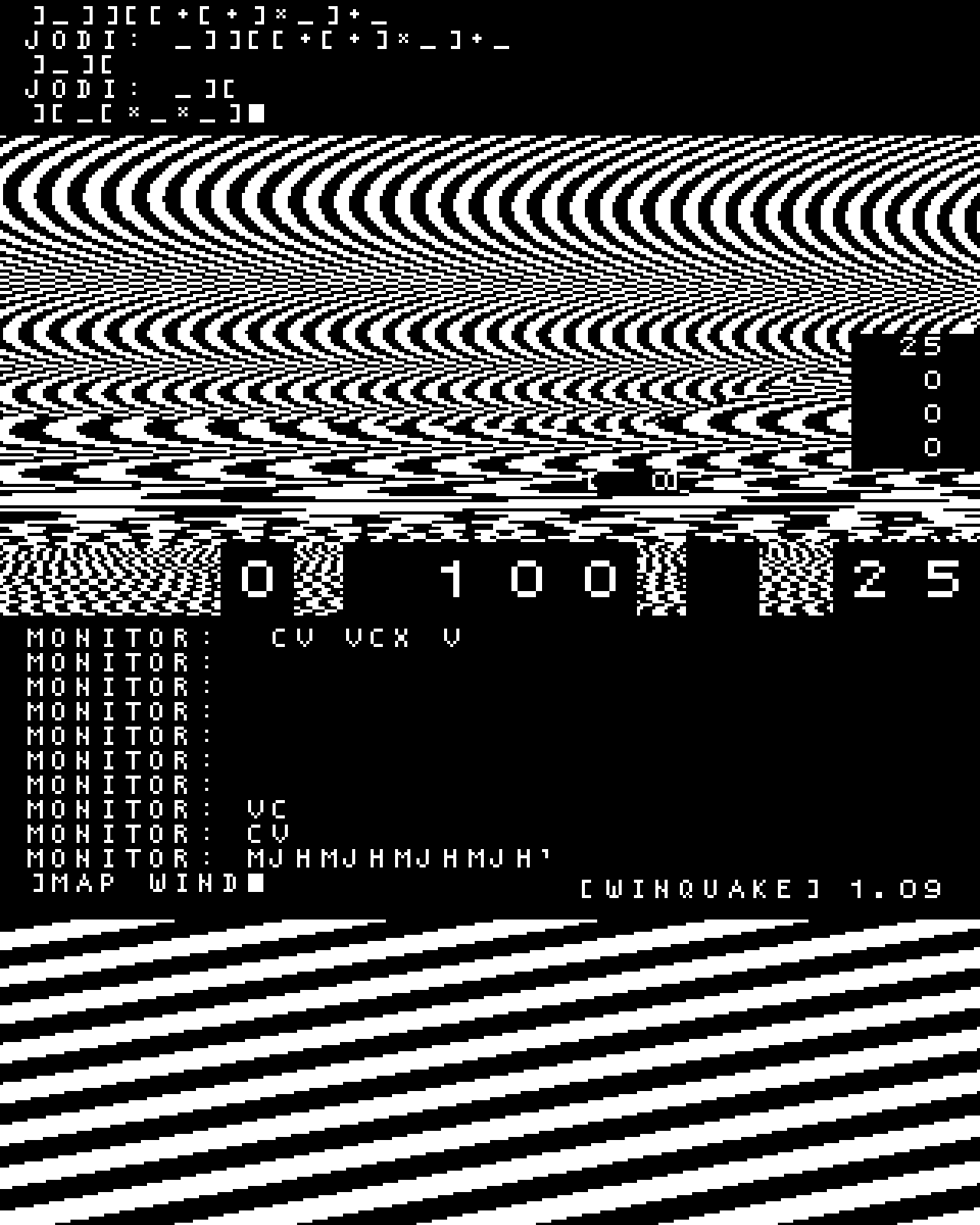
Described as a spoken word folk opera, “True Life Tales” is folk in its content and music, but not an opera either in form or scale. The show debuted at Stage 773 on October 16. In one of the small lounge-like theaters, show creator and performer David Kodeski recounted tales inspired by his growing up in “blue collar” Niagara Falls. Kodeski admits that some of the stories are embellished, but mostly based on actual events in his childhood.
Singer and guitarist Naomi Ashley joins in, accompanied by a small band which included a violinist/back-up singer, accordion, drummer, and bassist. They perform subdued musical interludes that reflect on the themes raised in the stories — youth, nostalgia, the awkwardness and discomfort of adolescence.
Kodeski is an engaging performer whose florid writing is probably the element of the production most evocative of the word “opera.” The show opens with Kodeski’s poem on the origins of Niagara Falls. The poem cleverly traces its geological formation, the peoples who first inhabited it, and its evolution as a tourist center. The stories unfold not so much as a memoir, but as a collection of stories that explore Kodeski’s complicated relationship to his hometown and challenge the ways in which Niagara Falls is perceived by outsiders.
Kodeski said, “When people hear that I’m from Niagara Falls, New York, they usually express surprise that people actually live there and can be from there. They seem to think it’s just a big touristy waterfall, in Canada no less, where people go to get married. I enjoy sharing these stories because they show what I think is a surprising, weird, and often surreal side to what it was like to have grown up in this rustbelt tourist town stories very specific to my life, but also filled with experiences common to all of us.” Through Kodeski’s storytelling, audiences see Niagra not unlike other small towns in the United States and Canada.
One of the most memorable stories is one in which Kodeski says he performed as a bear in a local summer fair production of “Goldilocks and the Three Bears.” Kodeski was young and recently out of theater school. He recounted tales of sweating in the hot bear suit for the entire summer. The suit was apparently never cleaned; only sprayed with an air freshener. He, along with the other actors, performed the show so much that the tape they used eventually wore down. He (and some of the other bears) did not like the actress who played Goldilocks and would often harass her in rehearsals for how seriously she seemed to take the role.
This was one of the funniest stories of the show in part because it was one in which Kodeski didn’t forcibly imbue a deeper symbolic meaning or suggest a larger metaphor about the nature of youth, life, etc. He told this story frankly and it clearly captured the sometimes purposelessly mean things we do in adolescence. It was particularly amusing how the audience gasped in very real shock when Kodeski said that he wasn’t paid for his final month of work. There hadn’t been a reaction at all to how he and the other bears tormented Goldilocks for an entire summer.
The show’s charm comes primarily from the musical divertissements of the folk band led by Ashley. Kodeski’s stories are told in a particularly stylized way — very long descriptive phrases, heavy alliteration, sometimes so lyrical that they hinder the story. Ashley’s interludes, however, present simpler reflections on the stories and the show’s them. Her quiet alto (occasionally supported with the warm harmony of a backup singer) with the sparse texture of the violin, bass, and accordion evoke the slower pace of a small town like Niagara Falls. I found myself wanting the songs to last longer.
The final performance of “True Life Tales” at Stage 773 was October 24. It is part of a series that includes “His Niagara! (you should have been Yosemite)” which inspired a Niagara-themed episode of “This American Life.” “Another Lousy Day,” another show in the series was featured on “All Things Considered.”
From the ways in which Kodeski engaged with the audience before and after the show, many in the audience seemed to already know him or were already familiar with him and his work. It was an intimate performance in which I had the sense Kodeski was performing for friends. I left the show humming some of the tunes I’d heard and with a vivid glimpse of one man’s life in Niagara Falls, a place where I had never really considered life beyond the “big touristy waterfall.”







